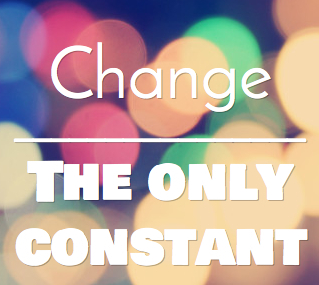Email predictions for 2015
Welcome to a whole new year. It seems the changing of the year brings out people predicting what they think will happen in the coming year. It’s something I’ve indulged in a couple times over my years of blogging, but email is a generally stable technology and it’s kind of boring to predict a new interface or a minor tweak to filters. Of course, many bloggers will go way out on a limb and predict the death of email, but I think that’s been way over done.
Even major technical advancements, like authentication protocols and the rise of IPv6, are not usually sudden. They’re discussed and refined through the IETF process. While some of these changes may seem “all of a sudden” to some end users, they’re usually the result of years of work from dedicated volunteers. The internet really doesn’t do flag days.
One major change in 2014, that had significant implications for email as a whole, was a free mail provider abruptly publishing a DMARC p=reject policy. This caused a lot of issues for some small business senders and for many individual users. Mailing list maintainers are still dealing with some of the fallout, and there are ongoing discussions about how best to mitigate the problems DMARC causes non-commercial email.
Still, DMARC as a protocol has been in development for a few years. A number of large brands and commercial organizations were publishing p=reject policies. The big mail providers were implementing DMARC checking, and rejection, on their inbound mail. In fact, this rollout is one of the reasons that the publishing of p=reject was a problem. With the flip of a switch, mail that was once deliverable became undeliverable.
Looking back through any of the 2014 predictions, I don’t think anyone predicted that two major mailbox providers would implement p=reject policies, causing widespread delivery failures across the Internet. I certainly wouldn’t have predicted it, all of my discussions with people about DMARC centered around business using DMARC to protect their brand. No one mentioned ISPs using it to force their customers away from 3rd party services and discussion lists.
I think the only constant in the world of email is change, and most of the time that change isn’t that massive or sudden, 2014 and the DMARC upheaval notwithstanding.
But, still, I have some thoughts on what might happen in the coming year. Mostly more of the same as we’ve seen over the last few years. But there are a couple areas I think we’ll see some progress made.
- ISPs and filtering companies will continue to block spam and protect users from malware.
- Senders will continue to get caught in filters, mostly due to their own poor decisions.
- Spamhaus will list a major company that decides to take the issue into the court of public opinion instead of negotiating with them quietly. Various journalists and bloggers (myself included) will generate thousands of words of content about this.
- Gmail will come up with some new way to display email. Various journalists and bloggers will generate thousands of words of content about this.
- AOL will continue to slide into oblivion when it comes to concerns about deliverability.
- Hotmail will keep the outlook.com branding, at least until Q2 2016.
- Yahoo will have another round of layoffs.
A number of my predictions have to do specifically with DMARC.
- Companies will try publishing a DMARC p=reject policy without planning and discover how much mail they send that they don’t actually know about. This will cause unexpected and wholly preventable delivery failures.
- The push for DMARC and brand identification in the recipient visible from line will cause some corporate divisions to register new domains for new campaigns because getting a marketing campaign approved through internal DMARC approval processes will be too much work.
- In 2016 we’re still going to be arguing the connection between “brand” and “domain name.” No one is going to actually come up with a reasonable answer.
Overall, 2015 is looking to be much like 2014. And 2013. And 2012. Email is email. People still use it. It’s still the best medium for some types of communication. Senders are going to get better. Filters are going to evolve. We’ll all still be employed in a year.
Welcome to 2015. I’m sure something major is going to happen that I didn’t predict there.